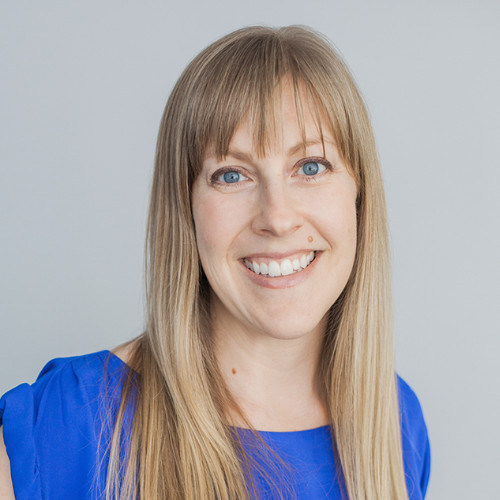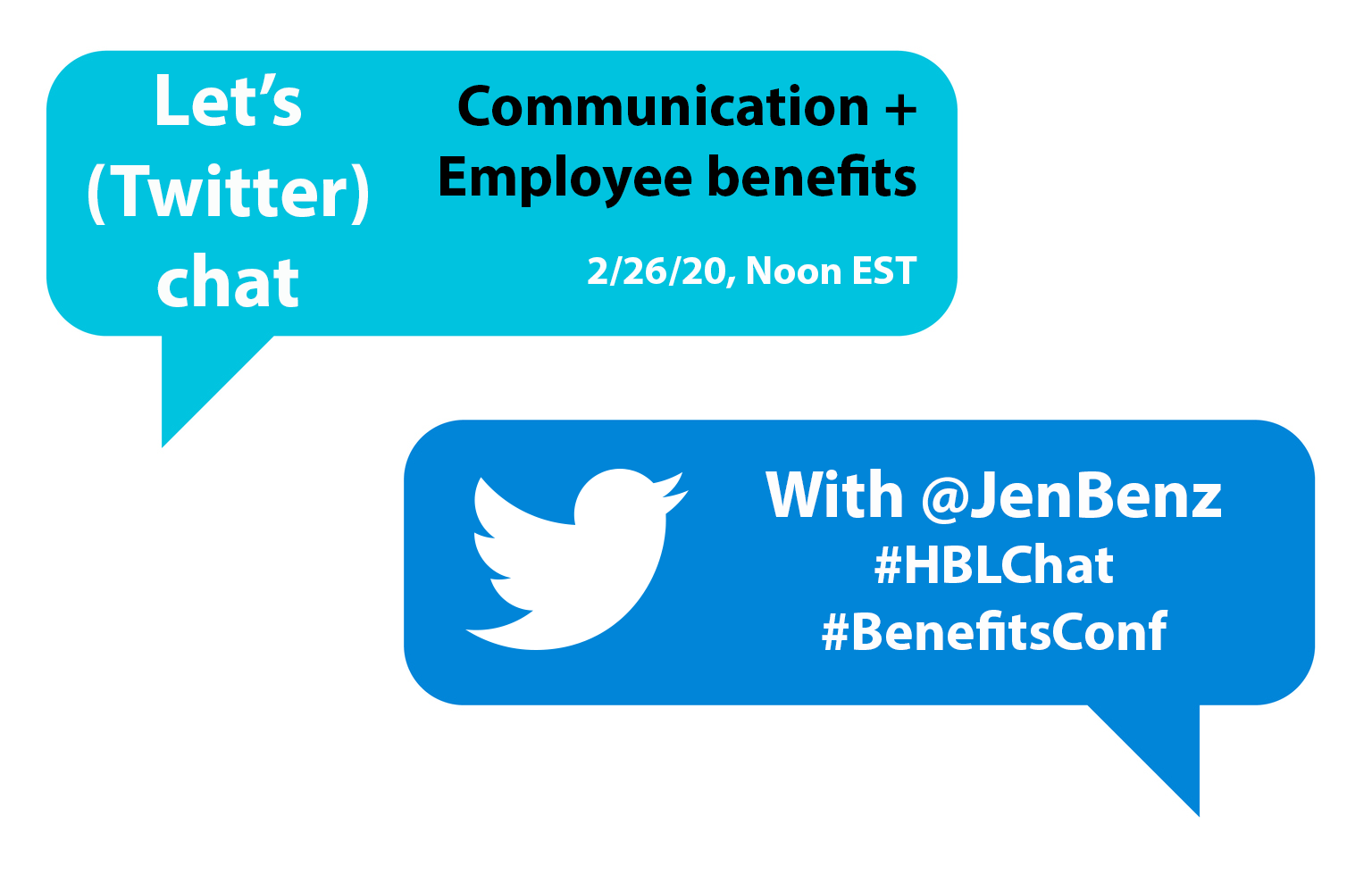We’re in a sophisticated time in employee benefits: There are more benefits offerings than ever; there are a plethora of digital tools; high personalization is possible; and there are plenty of methods of communicating said benefits.
Yet employers are still falling short in the way they connect with, and inform, employees about their benefits, says Jennifer Benz, senior vice president at consulting firm Segal Benz.
“There are a lot of the fundamental, foundational things that most employers are still not doing well. Some of the basics around communicating year-round, using multiple channels–we still see a lot of organizations struggling with that,” says Benz, who will speak about the topic at HRE’s Health & Benefits Leadership Conference in April in Las Vegas.
Related: 5 reasons to attend HRE’s Health & Benefits Leadership Conference
Benz sat down with Human Resource Executive to discuss the latest trends in benefits communication, where HR and benefits leaders are falling short, and what they can do about it.
HRE: Generally speaking, why is benefits communication so key to the employee experience?
 Benz: Having really strong communications is so important because everyone’s primary goal right now is engagement. We’re trying to get people to use the programs, to value them, to take action when they need to. And you simply can’t drive engagement without strong communication plans. No one is going to take the actions they need to, and they’re going to miss out on valuable pieces.
Benz: Having really strong communications is so important because everyone’s primary goal right now is engagement. We’re trying to get people to use the programs, to value them, to take action when they need to. And you simply can’t drive engagement without strong communication plans. No one is going to take the actions they need to, and they’re going to miss out on valuable pieces.
HRE: Where does this fall on benefits leaders? Why are they falling short?
Benz: The reality is it’s a big piece of the benefits leaders’ role to think about engagement, and that’s going to require ongoing effort–no matter how sophisticated the tools get.
Most organizations have a smaller benefits team than they did 10 or 15 years ago, but the scope of what they are managing, and the regulatory environment, has increased tenfold in that time. So there’s a disconnect. There’s not a regulation or requirement that says you have to do it, so it falls off the list of a lot of teams because they don’t have the bandwidth.
Related: Here’s how much employees hate making benefits decisions
HRE: Do you think that will change?
Benz: I do think that more and more organizations are making the business case for investing [in communication]. That the next generation of benefits leaders see it as an imperative and an absolutely critical part of their job. And they know that the bar is very, very high of what’s expected of them. I think it’s improved over the last few years, but we have a long way to go.
HRE: With that said, what are the exciting changes in benefits communication you’re seeing?
Benz: The things we are excited about is maximizing all the digital channels and having a really thoughtful approach to how you use all the technology that’s at our fingertips to create a more integrative and holistic approach to connecting everything in the benefits ecosystem. There are exciting new capabilities in terms of personalization and segmenting and being able to predict people’s behaviors and needs, which is interesting and has a lot of promise. There are some really fun and interesting new channels like augmented reality and virtual reality. I don’t think everyone is going to be completely moving all of their benefits communication into augmented reality anytime soon, but I think it’s a neat tool to experiment with.
HRE: Is it because everyone is getting so much digital information that they are craving something different? They’re overwhelmed by countless emails and the like?
Benz: Yes, I think that when everything is digital and everything is intangible, to have something in your hand is special. The benefit trend also mirrors the consumer trend: If you look at what’s happening in consumer marketing, there are a lot of digital-first brands that are building retail experiences, creating high-end print magazines and things like that. People are craving things they can hold and touch.
HRE: Speaking of going back to basics in benefits, is really explaining benefits and defining terms a part of that?
Benz: [Offering] basic, basic definition of terms and having people understand the basics of health plans, having them overcome the hurdles of health literacy–you can’t do that kind of communication enough. It’s something a lot of companies skip over, and think, ‘We’ve told folks over and over again how our HSA works,’ or ‘Everyone knows we make the contribution to the 401(k).’ But you always have new workers. And most people don’t know the basics of how stuff works. You have to repeat those foundational fundamentals over and over and over again.
Benz will be speaking April 15 at HRE’s Health & Benefits Leadership Conference. To register–and for more information–visit benefitsconf.com. The event will take place April 15-17 at the Aria Resort & Casino in Las Vegas.

